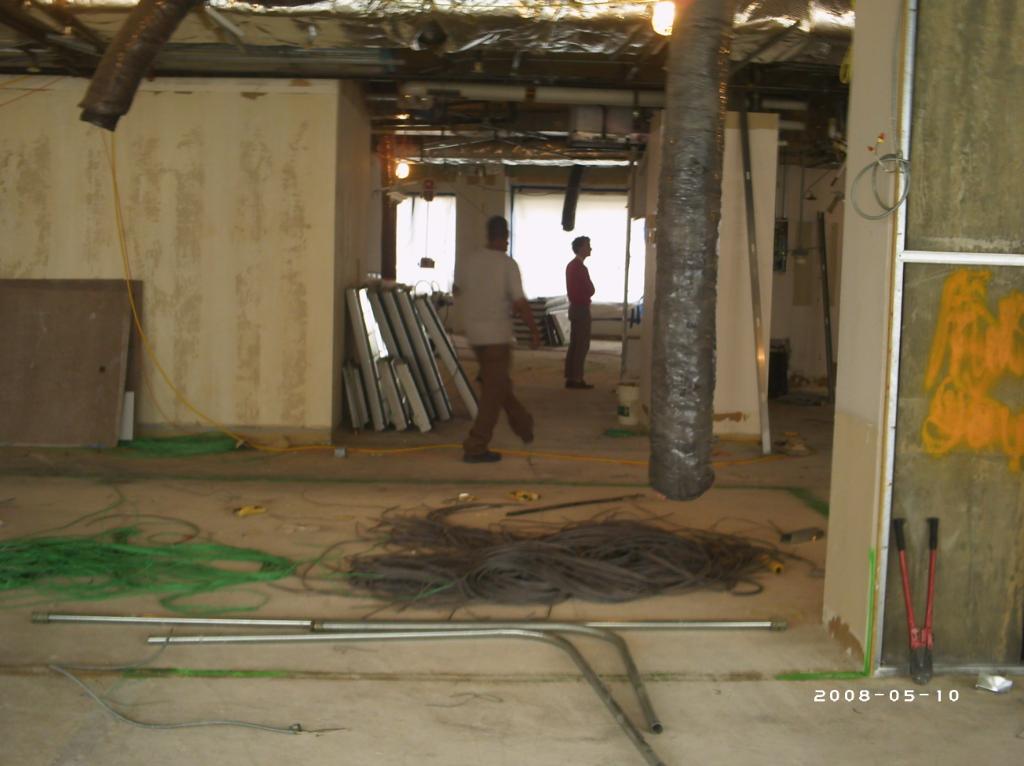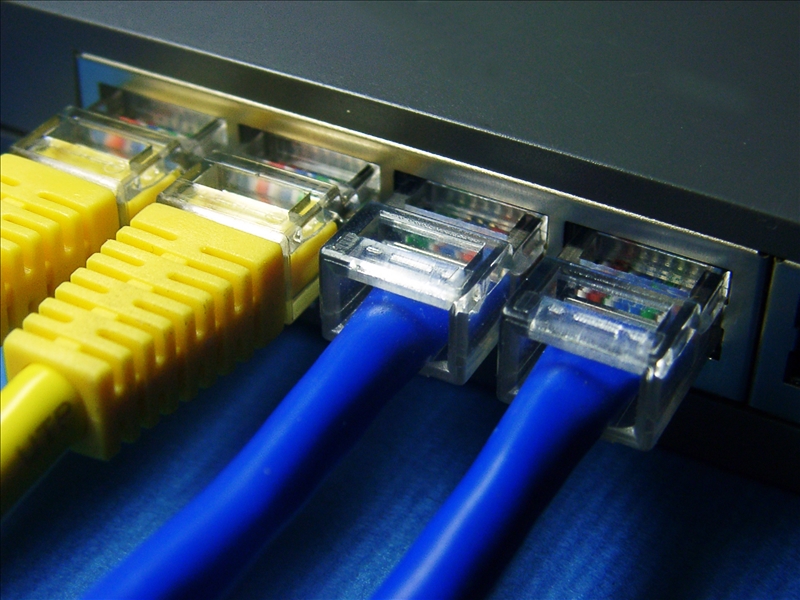
Is Wired or Wireless Best for Your Business? – Part 2
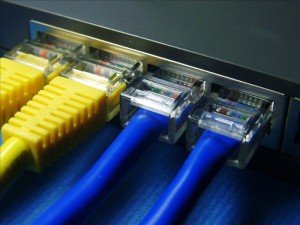 As discussed in Part 1, many users no longer think wired Internet connections are necessary because WiFi has become so commonplace in everyday use. However, hard-wired connections do have advantages for businesses that should not be overlooked. Part 2 will discuss Wireless Advantages and Considerations.
As discussed in Part 1, many users no longer think wired Internet connections are necessary because WiFi has become so commonplace in everyday use. However, hard-wired connections do have advantages for businesses that should not be overlooked. Part 2 will discuss Wireless Advantages and Considerations.
Wireless Advantages
Typically, wireless Internet connections will likely be adequate for the majority of tasks at a workplace. Lots of employees like wireless primarily because of its convenience and mobility, thinking the advantages from a hard-wired connection are not worth the trouble of attaching an Ethernet cable. In addition, advancements in WiFi technology are gradually gaining on . Even though an organization may not require Ethernet’s advantages in speed, low-latency, stability, and security, it should reconsider before going completely wireless.
Wireless Considerations
Make sure that the new WiFi equipment that your company buys features the newest 802.11 AC Wave 2 standard. It will be crucial for the future because it can support several users and handle multiple inputs and outputs (MU-MIMO).
Another benefit of 802.11 AC Wave 2 is that it gives WiFi equipment the capability of supporting multiple inbound and outbound streams. Thus, a company’s WiFi will be able to receive and broadcast data at the same time. As a result, audio and video streaming performance is improved.
The 802.11 AC Wave 2 standard will also allow your organization to implement future technological advancements. The latest devices from Apple can support MIMO over 5Ghz bandwidth, and this will eventually become the industry standard in the near future.
Conclusion
Obviously, an office can have both Ethernet and WiFi. Certain types of organizations require a hard-wired network to handle very large files, and they will also need to provide WiFi for guests, conference rooms, and outdoor areas. Always remember that Ethernet will provide better performance than WiFi for companies that need to process a great volume of data. At the same time, businesses should take advantage of advances in WiFi technology.
Progressive Office Cabling
Founded in 1986, Progressive Office’s success has been a direct result of years of commitment to seeking solutions on behalf of our clients in the Washington, D.C. and New York City areas. Efficiently working together, Progressive teams get cabling installed and operating as fast as possible while minimizing disruption and downtime. Call our toll free number (800) 614-4560 today.

Setting Up a Campus Network
 Academic institutions can garner all the benefits of the Internet age by integrating information and communications technology (ICT) with their teaching and learning environments. ICT is an extension of the term for information technology (IT), emphasizing the unification of telecommunications, computers, software, storage, and audio-visual components within a network.
Academic institutions can garner all the benefits of the Internet age by integrating information and communications technology (ICT) with their teaching and learning environments. ICT is an extension of the term for information technology (IT), emphasizing the unification of telecommunications, computers, software, storage, and audio-visual components within a network.
The quality of education can be significantly improved through the sharing of skills, resources, content, and faculty development. IT content and resources should be available to both faculty and students throughout the campus. To this end, academic institutions must establish a network in each of their campuses, achieving the same speed of data transfer at each building.
Typically, a campus network is comprised of several local area networks (LANs) that are interconnected inside a specific geographical area. Networking components, such as switches, routers, and firewalls, and transmission media, such as copper cable and optical fiber, are utilized for interconnection and communication between connected devices.
Campus Network Topology
For academic institutions like colleges or universities, a campus area network should be interconnected to various types of buildings, including administrative, academic, library, student center, hostel, guest house, sports facility, conference, technology, training, and laboratory.
A campus network will be interconnected via high-speed Ethernet cabling over optical fiber of up to 10GB capability. For the efficient processing of data and information traffic using distribution, access and core segments, tiered hierarchal architecture is utilized.
Every building, block, center, and residential complex will be connected by high-speed optical fiber cable. Moreover, every node within a building will be connected with UTP copper cable that supports gigabit speed.
The conference rooms, teaching halls, and common areas inside each campus will be Wi-Fi enabled through the deployment of 802.11 based wireless access points with central authentication, permitting secure network access via laptops, tablets, smartphones, and other Wi-Fi enabled devices.
Internet services, along with common applications, will also be installed at key locations, such as library study halls, allowing students, faculty, and staff easy access via desktop computers and laptops around the clock.
Network Cabling
When work requires a unionized cabling group, call on Progressive Office Inc. for your commercial Cat5e/6/6a and fiber cabling projects. Specializing in cabling for data, voice, security and the latest WiFi and LiFi solutions. Phone: (202) 462-4290
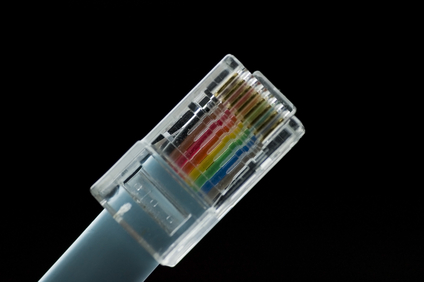
Comparing Cat 7 to the Other Cats
 Nowadays offices and homes utilize either a wireless (Wi-Fi) connection or wired network connection. Usually faster than Wi-Fi, wired connections also have lower latency. These two types of network connection continue to progress technologically, providing users ever increasing speeds.
Nowadays offices and homes utilize either a wireless (Wi-Fi) connection or wired network connection. Usually faster than Wi-Fi, wired connections also have lower latency. These two types of network connection continue to progress technologically, providing users ever increasing speeds.
In the case of home networks, the speed of the internet connection is typically the issue, and the cabling may not be a factor. However, a company must consider the specifications of particular cables and how these would meet its requirements in order to properly decide which to select. There can be a vast difference between the network speeds of the various Ethernet cables.
Types
Cables are differentiated by standard categories. Category has been abbreviated to “Cat” by the industry. Currently, the most common cables in use are Cat 5, Cat 5e, Cat 6, and Cat 6a. The newest type is Cat 7. Every type is backward compatible, allowing users to insert a newer cable into a device that was manufactured for an older cable without any compatibility issues arising.
Progress
With every new cable category, users were provided increased speed and decreased crosstalk. Newer category cables provided faster speeds at increased lengths of cable. The following offers comparisons at 100 meters of cable, illustrating the differences between the ethernet cable categories:
Cat 5 - Considered slow and inadequate for business networks, providing up to 100 Mb/second at 100 Mhz.
Cat 5e - provides up to 1 Gb/second internet speed at 100 Mhz.
Cat 6 -provides up to 1 Gb/second, and cable lengths up to 55 meters can give internet speeds of 10 Gb/second at 250
Cat 6a -can provides speeds up to 10 Gb/second, to 100 meters of cable length, at 500 Mhz.
Cat 7 - provides speeds up to 10 Gb/second to 100 meters of cable, at 600 Mhz.
History
Cat 5 was the standard in 1995, Cat 5e became standard in 2001, and Cat 6 was introduced in 2002. Arriving in 2008, Cat 6a is typically the newest cable the majority of companies have used because it is not considered necessary to update to Cat 7 yet. Cat 7a and Cat 8, which were respectively released in 2010 and 2013, are still waiting in the wings.
Union Network Cabling
When union work requires a unionized cabling group, call on Union Network Cabling for your commercial Cat5e/6/6a and fiber cabling projects. We specialize in cabling for data, voice, security and even the latest WiFi and LiFi solutions. Phone: (202) 462-4290

Hotel Wireless Access Point
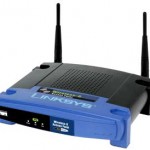 For many years, direct network connections were considered the {{ideal,best,most effective}} service to hotel guests but this has changed as High-Speed Internet Access (HSIA) is becoming a {{standard,expected,typical}} amenity rather than a direct cable connection into the network. But as Wireless Networking is becoming more common, a device called a Wireless Access Point is becoming the standard network communication device enabling HSIA for guests.
For many years, direct network connections were considered the {{ideal,best,most effective}} service to hotel guests but this has changed as High-Speed Internet Access (HSIA) is becoming a {{standard,expected,typical}} amenity rather than a direct cable connection into the network. But as Wireless Networking is becoming more common, a device called a Wireless Access Point is becoming the standard network communication device enabling HSIA for guests.

